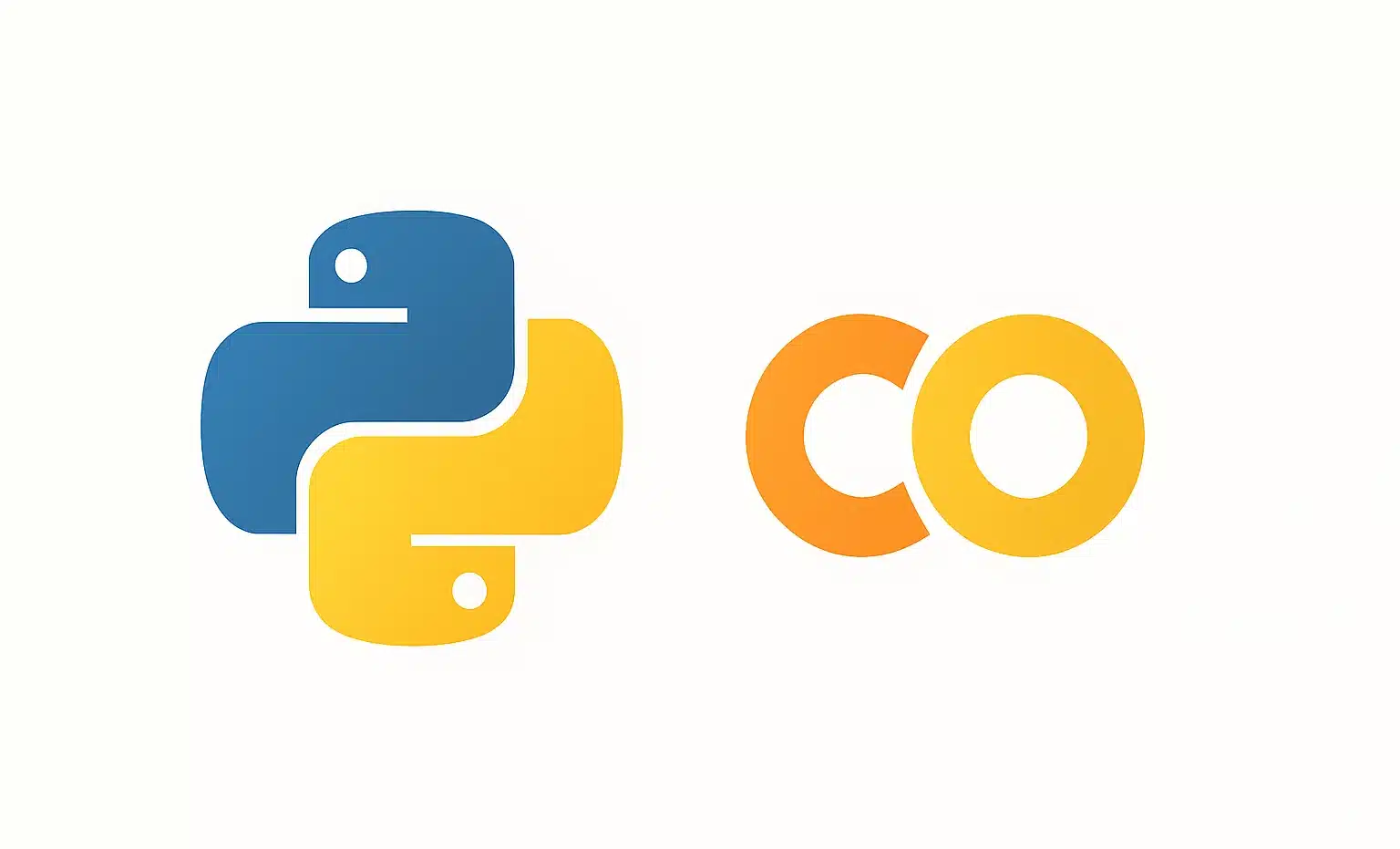Optimizing a site for search engines (SEO) has long been a crucial factor in web page development. With the evolution of online behavior, a new approach has emerged: Answer Engine Optimization (AEO).
You probably know this: the goal of an SEO strategy (organic search) is to rank a web page as high as possible in search results. This market continues to grow annually and is expected to reach USD 122.11 billion by 2028. Traditionally, this industry has focused on aspects such as keyword research, obtaining links, optimizing response times…
Yet, with the evolution of tools like Google, SEO has become more complex. Techniques that were in use a decade ago no longer have the same weight as before. Moreover, although Google remains the undisputed number one search engine, other players are gaining importance. For instance, between 2019 and 2021, Microsoft’s Bing experienced a 26.8% growth. Additionally, the emergence of new AI-powered search tools such as SearchGPT or Perplexity must be considered.
Featured snippets
Originally, search engines operated on a single principle: a user types a query, and in return, the engine offers a list of links to websites that might answer their request. However, with the advent of voice assistants like Siri and Alexa, users have become accustomed to asking often very lengthy questions.
According to Google figures, 45% of Americans use voice search as a starting point for a shopping journey. In France, this percentage is reportedly 31%, with steady growth. It has also become apparent that Google users crave quick answers.
To address this challenge, Google developed Rank Brain, a machine learning tool aiming to prioritize the most appropriate answers. Rank Brain detected that it was wise to convert some page titles into simple questions. For example, a title like “How to weed naturally” is more likely to catch a user’s attention than “Weed naturally.”
In practice, one of the innovations introduced by Google is the featured snippets or answer boxes. These featured snippets display the most frequently asked questions and provide brief answers. It is a high-visibility space: featured snippets typically appear before the list of websites. A study by Ahrefs estimates that they receive an average of 8.6% of clicks when in the first position.
Google is also working on a new approach, SGE (Search Engine Experience), aimed at making online search more intuitive.

The challenges of AEO
AEO involves optimizing site content to best respond to queries phrased as questions, one of the objectives being to appear in featured snippets.
If a website manages to be featured in the snippets, it can result in a visibility gain. However, this new challenge is not so simple. First, there is no guaranteed method to appear in a featured snippet. Moreover, since Google’s algorithm constantly evolves, what works today might not work tomorrow. That’s not all. Appearing in a featured snippet can reduce clicks to a site: if the user finds the information they were looking for, there’s no need to go further. Indeed, that is Google’s goal: to become an answer engine, capable of directly providing the sought information without the need to click on a link.
AEO changes for organic search
Traditional keyword-based SEO is not going away. However, an organic search strategy must now incorporate AEO, which leads to a new way of designing web pages. It has become necessary to focus on creating content that specifically answers user questions. One must get used to thinking beyond keywords and anticipating visitor intent.
AEO emphasizes creating expert content that clearly and precisely answers users’ questions. To this extent, it demands a good understanding of the types of queries naturally phrased and the capability to structure information so that it is easily digested by recent search tool algorithms.
How to integrate AEO into an SEO strategy?
Understanding the audience's questions
It’s important to foresee your audience’s needs. What are they looking to obtain? Information, a tutorial, a comparison? Bear in mind that orally, users use longer sentences and natural expressions. Adjust your titles accordingly.
Structuring content according to Schema.org
It’s important to adhere to HTML 5 semantics with appropriate tags: header, nav, main, article, footer…
Then integrate appropriate structured data. Schema.org offers tags specific to FAQs, tutorials, and Q&A. If you take care to follow this format, you can increase your chances of appearing in highlighted excerpts.
You can also leverage “People Also Ask” (PAA), which are related questions to a query that appear shortly after Google’s first results.
Topic research
Tools like SEMrush, Google Keyword Planner, or Ahrefs help identify common questions asked by users. From keywords, they can list these questions by order of importance.
Two levels of response
An effective way to proceed could be as follows:
- First, provide a direct answer.
- Invite a deeper exploration for those who want to know more.
Building authority
It’s important to appear as an authority on the subject and first ensure the accuracy of your information. This status can be reinforced by numbers, sourced statistics, links to high-reputation sites. Moreover, content must be flawless in spelling. And it will always be beneficial to have quality backlinks to strengthen Google’s trust. Additionally, it’s good to be mentioned on authority sources: WikiData, Crunchbase, .gov or .edu sites, professional associations, etc.











